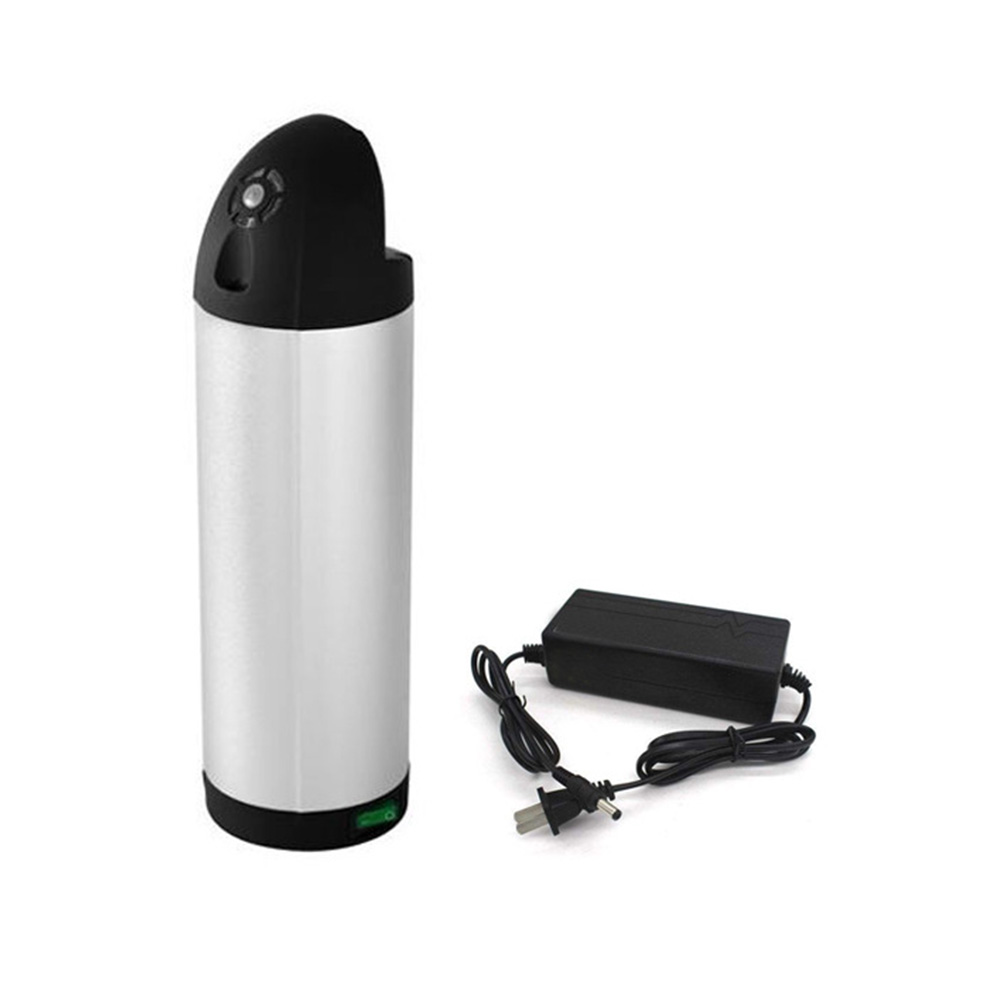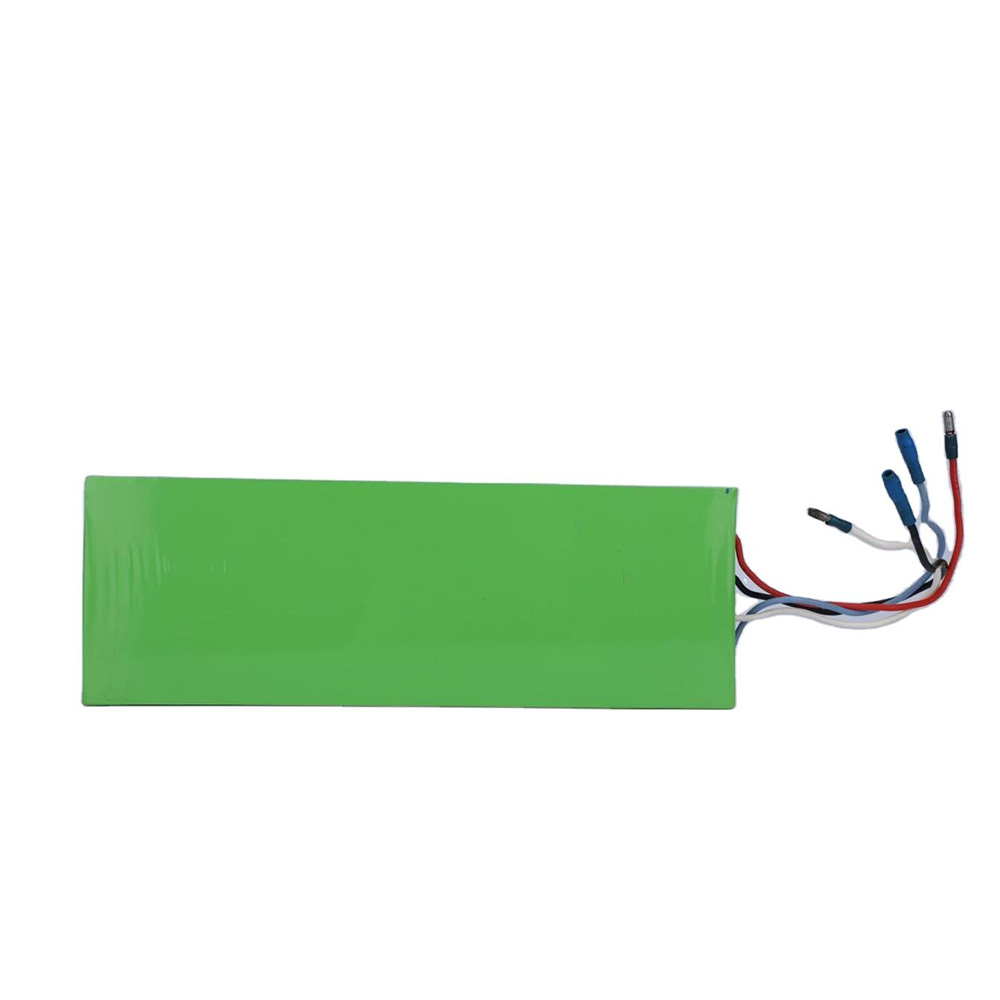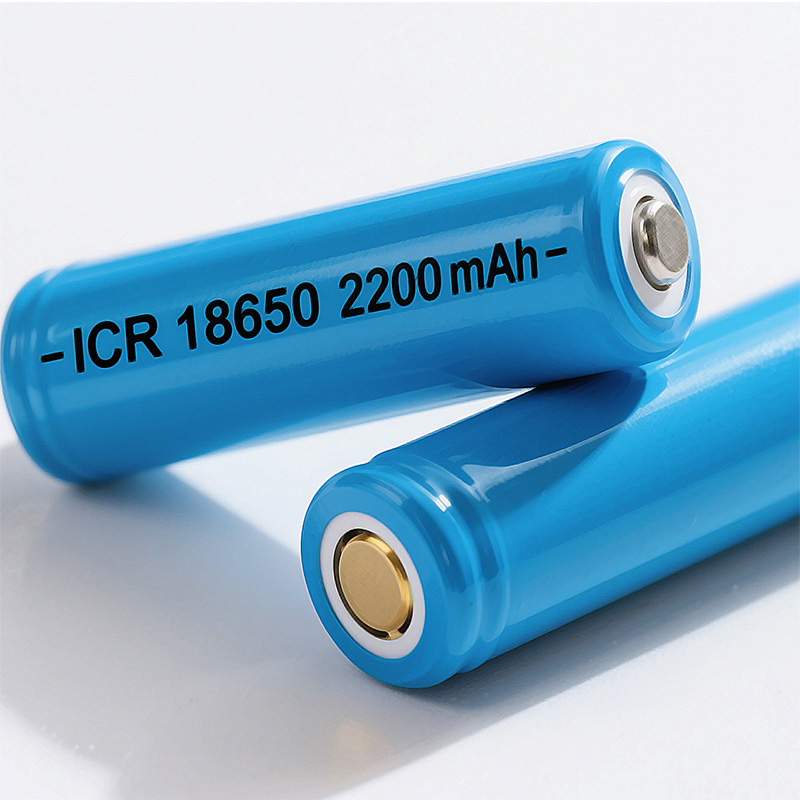Blog
Explore the Power of Lithium Innovation
Stay updated with the latest trends, technologies, and application insights in the world of lithium battery solutions
Search the whole station
Explore the Power of Lithium Innovation
Stay updated with the latest trends, technologies, and application insights in the world of lithium battery solutions
As the most widely used type of rechargeable battery, the 18650 lithium battery derives its name from its dimensions—18mm in diameter and 65mm in length. Common capacities range from 1500mAh to 3500mAh, and it is extensively used in portable devices, energy storage systems, and power battery applications.
Taking a typical 18650 2600mAh battery as an example:
These three voltage thresholds are critical “safety limits” that must be strictly controlled during the charging process.
From a technical perspective, the charging efficiency and safety of 18650 rechargeable batteries rely on three core parameters:
Voltage Control:
Charging beyond 4.2V can cause lattice distortion in the cathode material and lead to electrolyte decomposition and gas generation. Prolonged overcharging may trigger thermal runaway.
On the other hand, allowing the voltage to fall below 2.75V may cause lithium plating on the anode, resulting in irreversible damage to battery life.
Current Regulation:
Under standard charging current (0.5C), 2600mAh battery corresponds to 1.3A. For fast charging (1C), the current is 2.6A.
Excessive current intensifies polarization effects, leading to uneven heat distribution and possibly damaging the separator, which can cause internal short circuits.
Temperature Limits:
The recommended charging temperature range is 0–45℃. If the battery surface temperature exceeds 50℃, thermal protection mechanisms must be activated.
For every 10℃ rise in temperature, the rate of battery degradation doubles. Moreover, high temperatures reduce lithium-ion mobility, lowering charging efficiency.
When the battery voltage drops below 3.0V, the Battery Management System (BMS) automatically enters pre-charge mode, applying a low current of 0.1C (for example, 0.26A for a 2600mAh battery).
The key purpose of this stage is to avoid lithium plating on the anode caused by large current surges during “deep discharge recovery,” which can irreversibly damage the battery. At the same time, internal resistance tests are conducted to screen out cells with abnormal performance.
For instance, Apsenx 18650 2000mAh battery demonstrates a 30% higher over-discharge recovery efficiency compared to standard cells—an improvement enabled by nano-scale modification of the anode material.

When the battery voltage rises above 3.0V, it enters the constant current (CC) charging stage. Using a 1C current, a 2600mAh 18650 battery can theoretically be charged to 80% capacity within 2 hours. However, in real-world applications, charging current must be dynamically adjusted based on temperature conditions.
Apsenx’s 18650 3000mAh battery features high-density NCM811 cathode material. During 1C constant current charging, it maintains a surface temperature below 40℃, which is 15℃ lower than traditional lithium cobalt oxide (LCO) batteries. This enhanced thermal performance is attributed to its ceramic-coated separator, which significantly improves thermal isolation.
As the battery voltage approaches 4.2V, charging enters the constant voltage (CV) stage, during which the charging current gradually decreases as the voltage holds steady. According to industry standards, charging is considered complete when the current drops to 0.05C (e.g., 0.13A for a 2600mAh battery).
If voltage control precision during this stage is insufficient (e.g., fluctuations exceeding ±0.02V), it can lead to uneven reactions of active materials inside the battery, negatively impacting its cycle life.
The Apsenx 18650 2300mAh battery utilizes nickel mesh current collector technology, which keeps voltage fluctuations within ±0.01V during the constant voltage stage, ensuring over 99% capacity saturation accuracy.
A complete charging process must be accompanied by multiple protection mechanisms, including:
Apsenx 18650 1500mAh battery, designed for miniature devices, integrates an ultra-thin BMS chip with 50% faster protection response speed. At the same time, it achieves a volumetric energy density of 700Wh/L, making it ideal for the compact requirements of wearable devices.
| Battery Model | Capacity | Nominal Voltage | Optimal Charging Current | Full Charge Time | Key Temperature Control Focus |
|---|---|---|---|---|---|
| Apsenx 18650 1500mAh | 1500mAh | 3.7V | 0.5C (0.75A) | 2.5 hours | Enhance charging efficiency in low-temperature environments |
| Apsenx 18650 2000mAh | 2000mAh | 3.7V | 0.8C (1.6A) | 2 hours | Balance fast charging and cycle life |
| Apsenx 18650 2300mAh | 2300mAh | 3.7V | 1C (2.3A) | 1.5 hours | Optimized thermal management system |
| Apsenx 18650 2600mAh | 2600mAh | 3.7V | 1C (2.6A) | 1.8 hours | Voltage precision control for high-capacity cells |
| Apsenx 18650 3000mAh | 3000mA h | 3.7V | 0.8C (2.4A) | 2.2 hours | Balance between long cycle life and charging safety |
Material Upgrade:
The battery adopts a single-crystal NCM (Nickel Cobalt Manganese) cathode with a specific capacity of 210mAh/g. This enhances structural stability by 40% during charging, effectively preventing the increase in interfacial impedance caused by material expansion.
Intelligent Thermal Control Design:
Equipped with a built-in thermistor, the battery achieves 3x higher thermal conduction efficiency during charging. In conjunction with the BMS’s dynamic current regulation, it enables adaptive charging management, featuring fast charging at low temperatures and current limiting at high temperatures.
Long Lifespan Optimization:
Through the use of electrolyte additives that suppress side reactions, the 18650 rechargeable battery achieves over 1200 charge cycles under 0.5C charging conditions, while maintaining more than 80% capacity retention — significantly exceeding industry averages.

Environmental Control:
Avoid charging in humid environments (humidity > 80%) or areas with dust. Moisture can cause electrolyte decomposition, and metal particles may lead to short circuits.
Device Compatibility:
Use a charger matched to the battery’s capacity. For example, pairing an Apsenx 18650 2300mAh battery with a 2.4A smart charger enables dynamic power regulation via IC recognition for safer and more efficient charging.
Partial Charge & Discharge:
Frequently charging from 20% to 80% is better for battery lifespan than full charge/discharge cycles.
Under this partial charge mode, the Apsenx 3000mAh battery can achieve up to 50% longer cycle life.
The charging process of 18650 rechargeable batteries is fundamentally a synergy of electrochemistry, thermal management, and intelligent control. Every parameter—from voltage accuracy to thermal thresholds—directly affects battery performance and safety.
The full range of Apsenx 18650 rechargeable batteries (1500mAh–3000mAh) leverages advanced materials and smart management technologies to deliver not only high charging efficiency but also enhanced safety and extended lifespan. These innovations provide more reliable energy solutions for industrial equipment, energy storage systems, and consumer electronics.

High-performance 36V 10Ah water bottle lithium battery for electric bikes. Lightweight 3.5kg, fast charging in 1.5–2 hours, safe & durable with up to 500 cycles. Ideal for commuting and long rides.

high-performance 18650 Battery 4000mAh, offering stable 24V power and deep cycle support. Perfect for electric scooters, power tools, and energy storage systems. Built-in safety protections ensure long-lasting, reliable performance.

Wholesale ICR 18650 2200mAh 3.7V lithium batteries with optional customized packs. Supports external wiring and various wire leads to meet your project-specific needs.

18650 3.7V 1500mAh lithium-ion rechargeable batteries from China, ideal for flashlights, power banks, electric tools, and more. High capacity, long cycle life, full safety features, and customizable OEM/ODM services. Fast global shipping available.
how lithium batteries power plant protection drones and learn practical strategies to extend battery life. From understanding battery types and working principles to maintenance and inspection tips, ensure safe, efficient, and cost-effective drone...
View detailsSolid-state batteries use solid electrolytes instead of liquid, offering higher energy density and safety. Learn what they’re made of, their advantages, and the challenges to commercialization.
View detailsExplore the rapid growth of the lithium iron phosphate (LFP) battery market, its applications in electric vehicles and energy storage, and the leading role of CATL in global LFP production.
View detailsDiscover the advantages of 21700 battery packs. From 14.8V 20Ah designs to real-world usage tips, learn about specs, discharge rates, cycle life, and why 21700 cells outperform 18650.
View details
HelloPlease log in